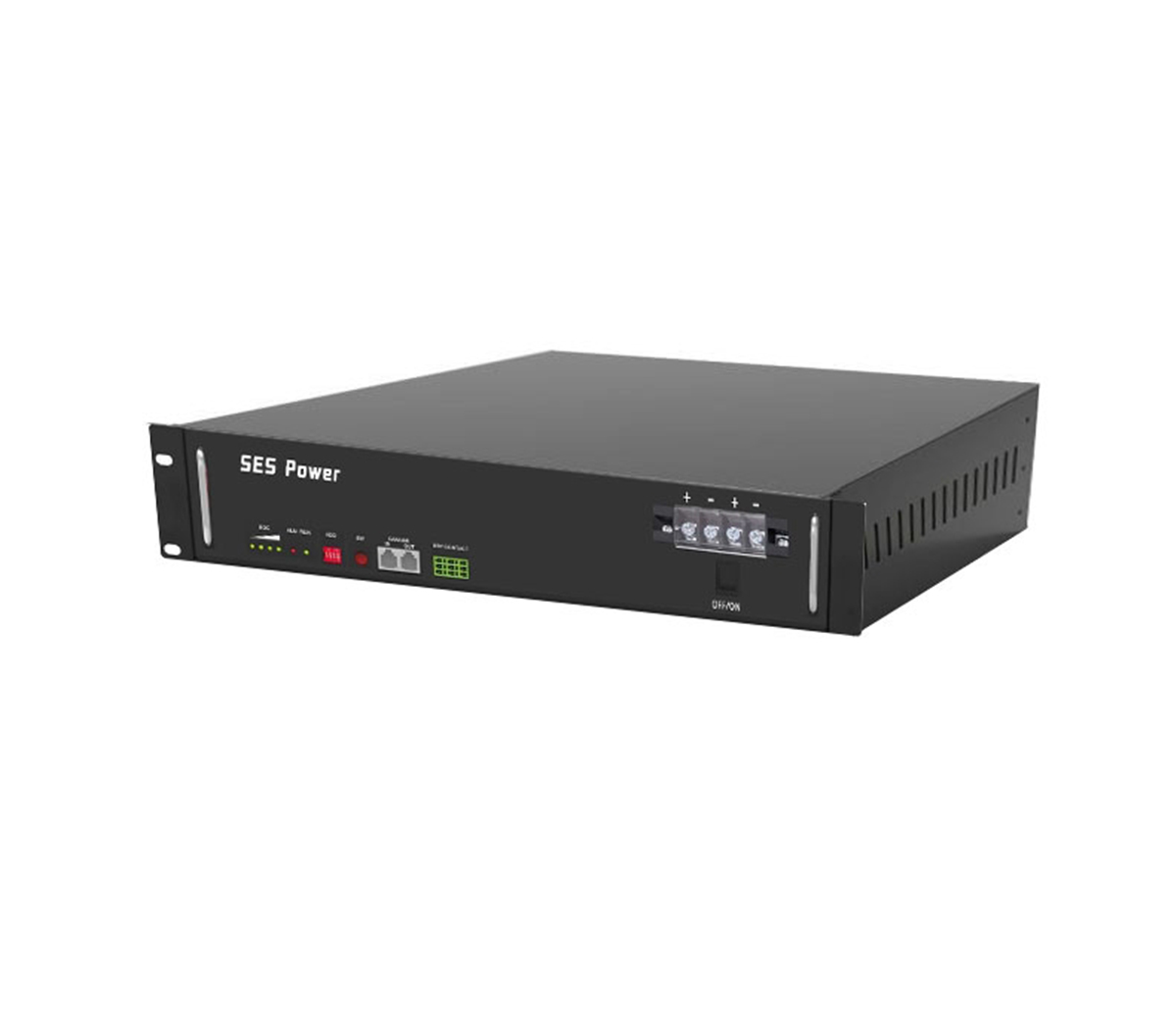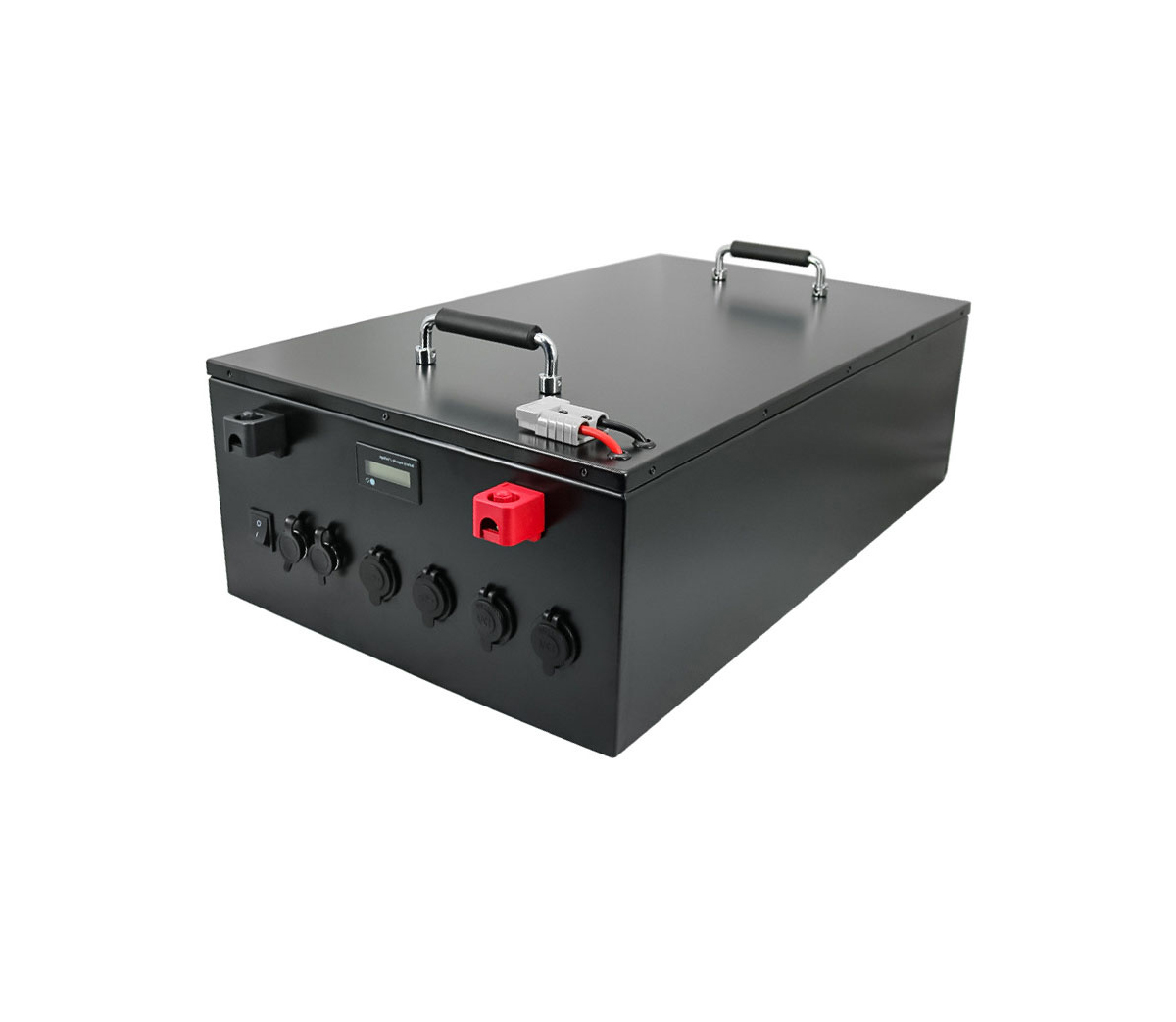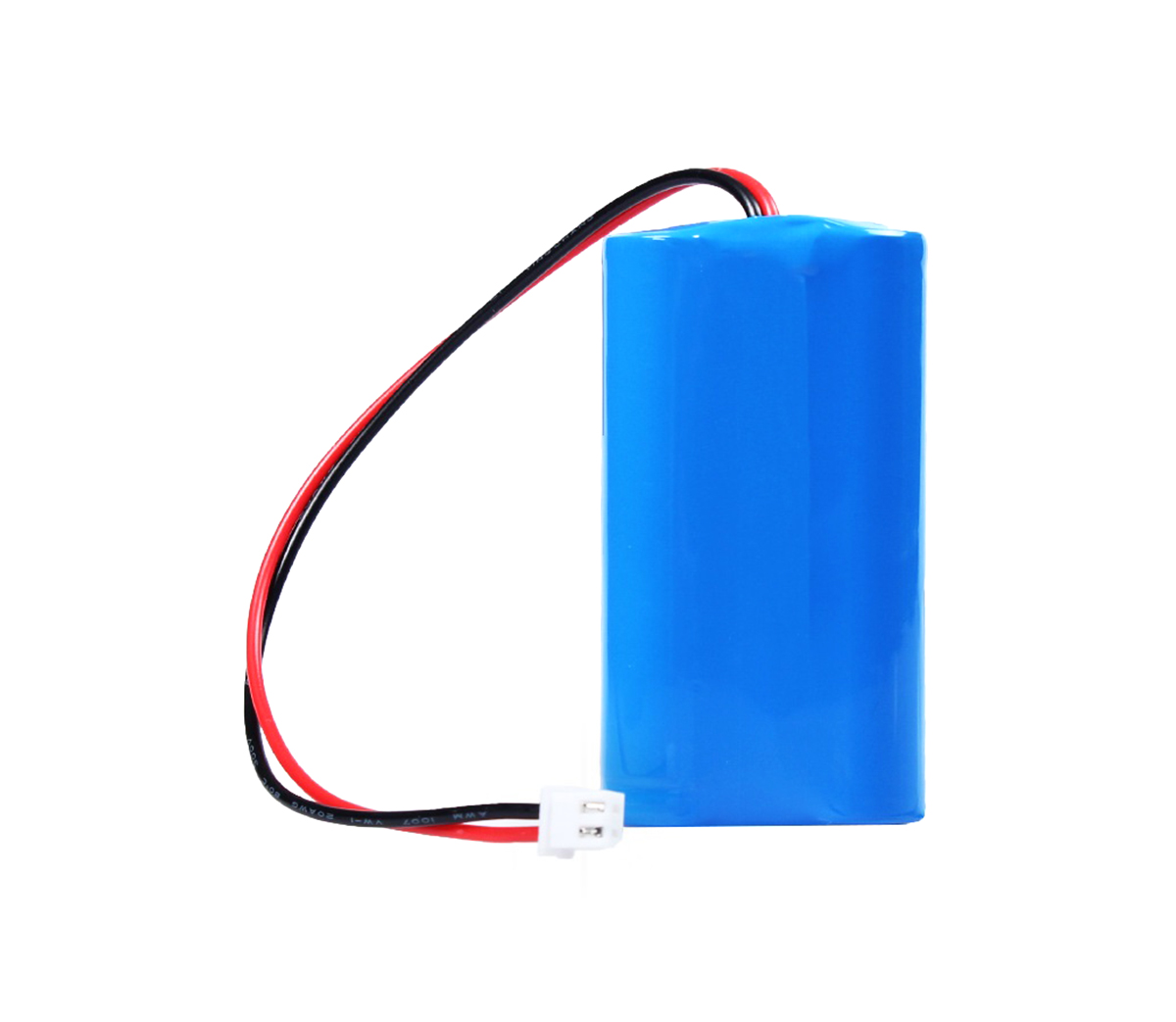How does the law enforcement recorder use lithium batteries to protect the
circuit?
In order to actively adapt to the requirements of the standardization of
law enforcement, in recent years, the Ministry of Public Security has taken the
lead in deploying and using law enforcement recorders in political and legal
institutions across the country.
In order to actively adapt to the requirements of the standardization of
law enforcement, in recent years, the Ministry of Public Security has taken the
lead in deploying and using law enforcement recorders in political and legal
institutions across the country. At present, the law enforcement recorder has
become a "weapon" for the grassroots front-line police to carry out law
enforcement work on duty. The revised GA/T 947.2-2015 "Single Police Law
Enforcement Video and Audio Recording System Part 2: Law Enforcement Recorder"
standard adds requirements for battery safety protection performance, and the
lithium battery pack used in law enforcement recorders should comply with GA/T
The 18287-2013 "General Specification for Lithium Ion Batteries and Battery
Packs for Mobile Phones" requires battery protection performance in Article 4.4,
that is, lithium battery packs should have the functions of overcharge
protection, overdischarge protection and short circuit protection.
From August to October 2016, there were more than 30 explosions and fire
accidents caused by battery defects in Samsung NOTE7 mobile phones worldwide,
which aroused widespread concern in the society. At present, lithium battery
combustion and explosion incidents occur in various electronic products that use
lithium batteries. Lithium battery explosion is mainly due to the battery
temperature exceeding 100°C, overcharging or short circuit, etc., which causes a
large amount of heat to be generated inside the battery, which eventually burns
or even explodes. The unreasonable design of the lithium battery protection
board may also cause the battery to overheat, causing it to explode or burn.
Overheating has become an important issue affecting the life of the lithium
battery. Lithium batteries are widely used in various police equipment, and
their safety requirements have become more urgent. Police equipment
manufacturers, supervisory departments, and standard setting departments should
pay more attention to the safety of lithium batteries. Law enforcement recorder
is an important equipment for the on-site video and audio collection of law
enforcement. Its importance is self-evident. Standardizing the battery quality
of law enforcement recorder not only ensures the integrity and reliability of
the collected video and audio data, but also protects the law enforcement
personnel. Safety.
In 1991, Sony Corporation of Japan launched the first commercial
lithium-ion rechargeable battery, which became an important milestone in the
field of energy technology. Lithium batteries have quickly replaced
nickel-cadmium and nickel-metal hydride batteries because of their high
discharge current, low internal resistance, no memory effect, high energy
density, environmental protection, long service life, wide operating temperature
range, low self-discharge rate, and high safety performance. , Become the
mainstream power supply for portable electronic devices. Many well-known
semiconductor companies at home and abroad, such as Ricoh, Seiko, Texas
Instruments, Wuxi Risheng Microelectronics, Fuxiang Microelectronics, and
Nanjing Tuowei, have carried out research and development work on lithium
batteries and protection circuits, and launched a series of lithium battery
chargers. The framework and solution of the discharge protection chip.
Representative application chips are: Texas Instruments' BQ2057 series and
bqTINY series, Seiko's S82 series, and Ricoh's R54 series. Domestic
semiconductor companies have also launched a variety of lithium battery
protection chips with different levels of complexity. Representative application
chips include: Wuxi Risheng Microelectronics' SUN4000 series and SUN5000 series,
Fuxiang Microelectronics DW01 series and Nanjing Tuowei's TP5000, TP4057 ,
TP4056, etc. At present, the actual specific energy of commercial lithium
batteries is as high as 555wh/kg, and the cycle life can reach more than 2000
times.
Requirements for battery protection circuits
In the actual use of lithium batteries, there may be overcharge,
overdischarge, and overcurrent conditions, which may seriously damage the
performance of the lithium battery, and even cause spontaneous combustion or
explosion. In the overcharged state, the heat accumulates after the temperature
of the lithium battery rises, causing the electrolyte to decompose and produce
gas, which is easy to increase the internal pressure and cause the lithium
battery to spontaneously ignite or rupture; in the overdischarged state, the
electrolyte decomposes to cause the battery characteristics and durability
Therefore, it is necessary to limit the discharge voltage to ensure that some
lithium ions can stay in the negative electrode to prevent all the lithium ions
in the graphite layer of the negative electrode from falling back to the
positive electrode during discharge, blocking the next charging circuit, and
damaging the battery; short circuit or external circuit When the discharge
current is too large, the internal power consumption of the battery increases,
and the temperature rises, which may cause the oxidation or decomposition of the
electrolyte, resulting in a decrease in cycle life, thereby affecting the
service life of the lithium battery.
Temperature is also an important factor affecting the performance of
lithium batteries. If the temperature is too high, the performance degradation
and aging of the lithium battery will accelerate, and the internal thermal
effect will increase accordingly, which may eventually cause an explosion; if
the temperature is too low, the capacity of the lithium battery will rapidly
decay, or even useless at all, even if the lithium battery returns to normal
temperature , Part of its capacity cannot be restored.
In summary, the lithium battery protection circuit is very important and
indispensable. Combined with the actual application, the lithium battery
protection circuit needs to meet the following requirements:
(1) Ultra-low power consumption
The lithium battery protection circuit is powered by a lithium battery. The
ultra-low power consumption protection circuit can reduce the extra loss of the
lithium battery and increase the external output power.
(2) High-precision detection voltage
When the voltage of the lithium battery is lower than 1.2% of its full
charge voltage, the capacity will be reduced by 9%[8]. Therefore, the deviation
of the detection voltage directly affects the usable capacity of the lithium
battery.
(3) Work correctly under a large voltage range
Since the power supply voltage of the lithium battery protection circuit is
the lithium battery voltage, and the lithium battery voltage may fluctuate in a
larger range, the lithium battery protection circuit is required to work
correctly within a larger voltage range.
(4) Quick response
When protecting lithium batteries, precise and fast control actions are
required. If an abnormal situation occurs and the protection circuit cannot take
protective measures in time, it will also affect the service life and capacity
of the lithium battery, and even cause an explosion.
(5) High-precision temperature detection
The temperature is too high or too low will accelerate the aging of the
lithium battery, the lithium battery protection circuit should respond correctly
and timely to the abnormal temperature, so the protection circuit must be able
to accurately detect the temperature of the lithium battery pack.
(6) High integration
Design a circuit with a simple structure, avoid complex wiring, can
complete the design on a smaller PCB, improve integration and reduce production
costs.


































